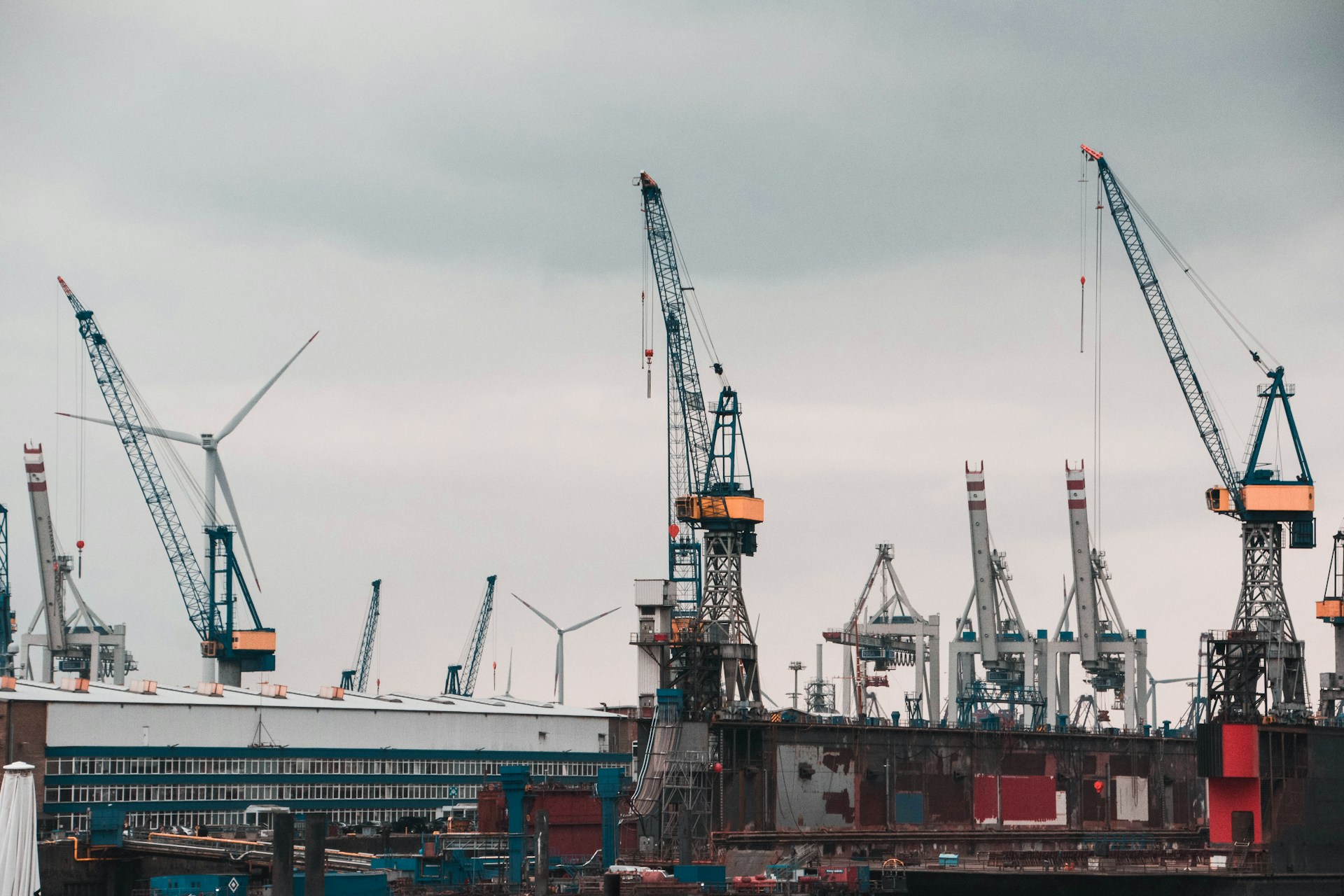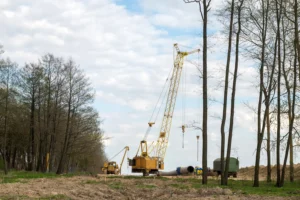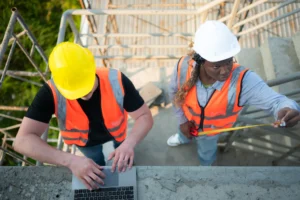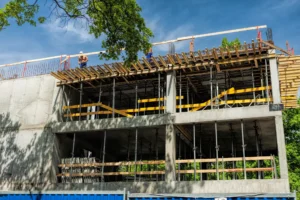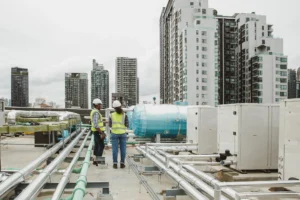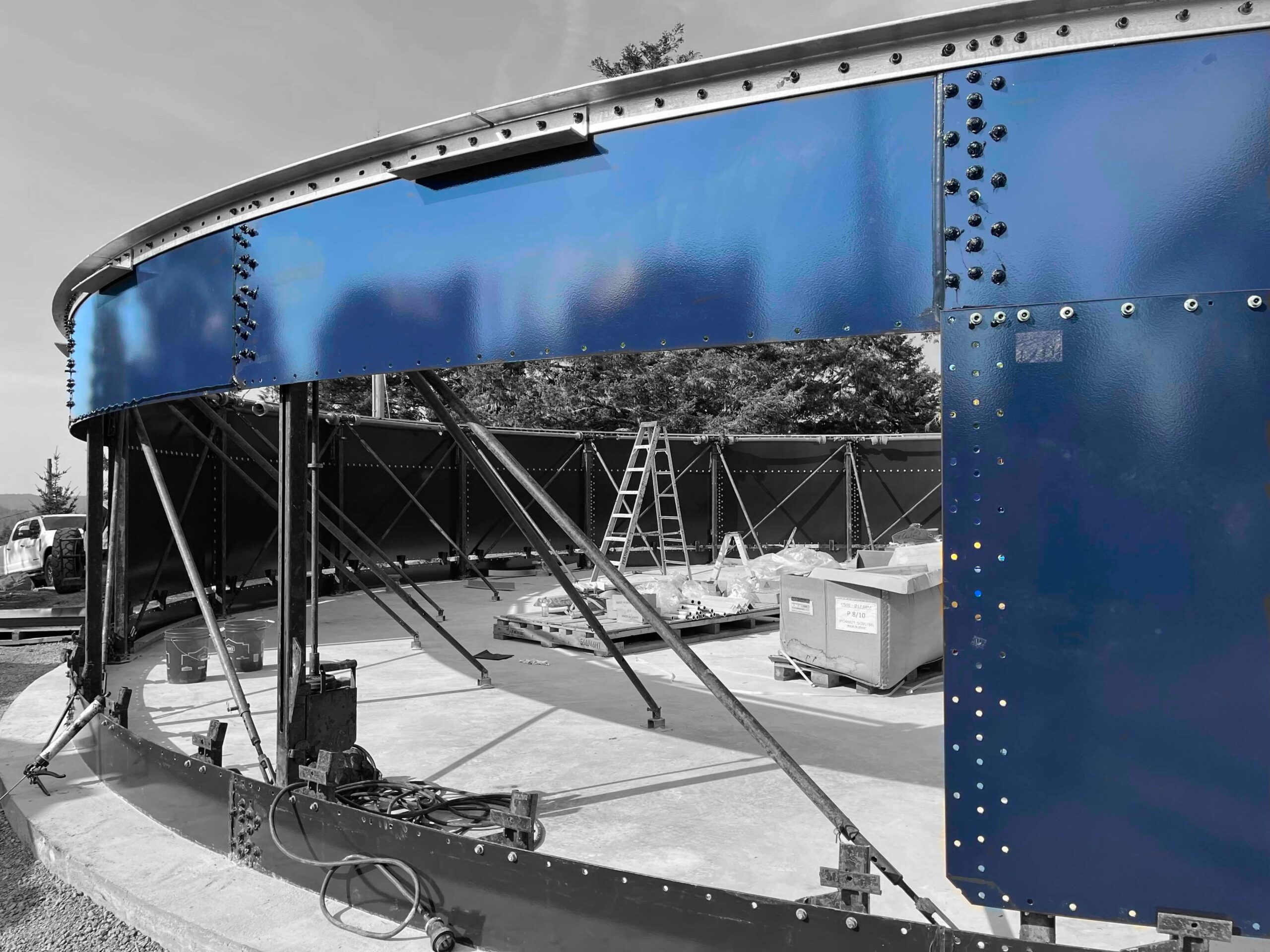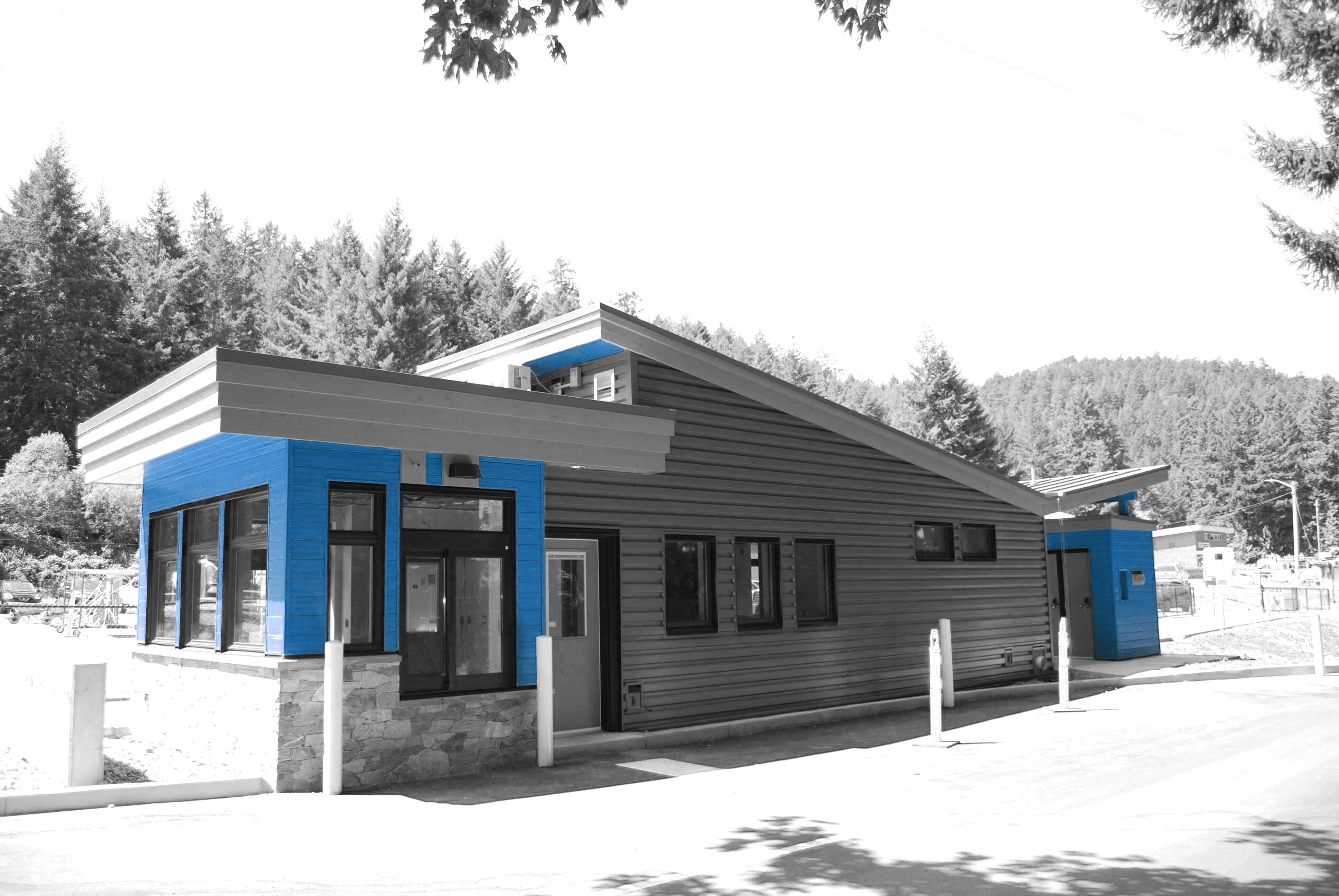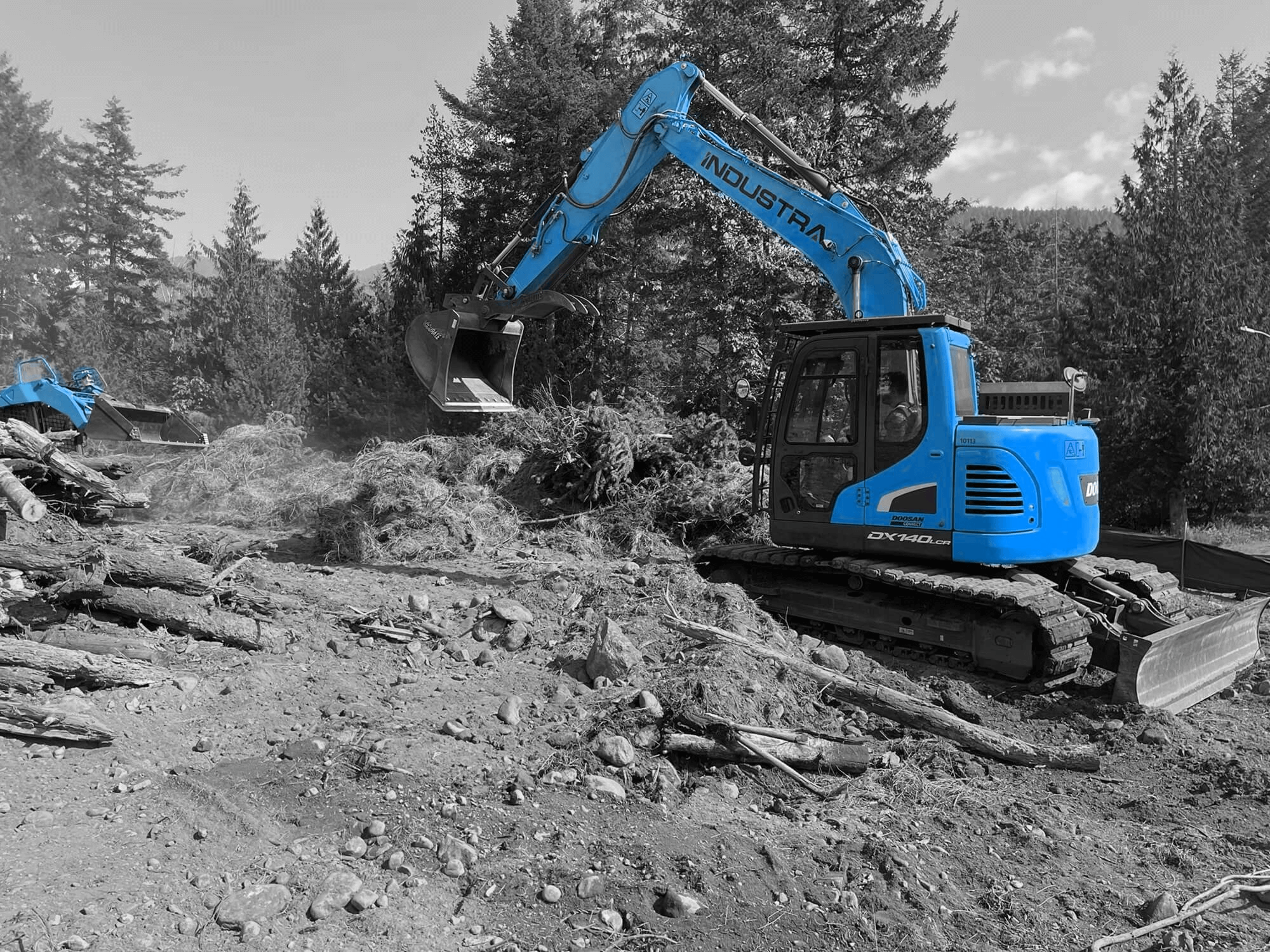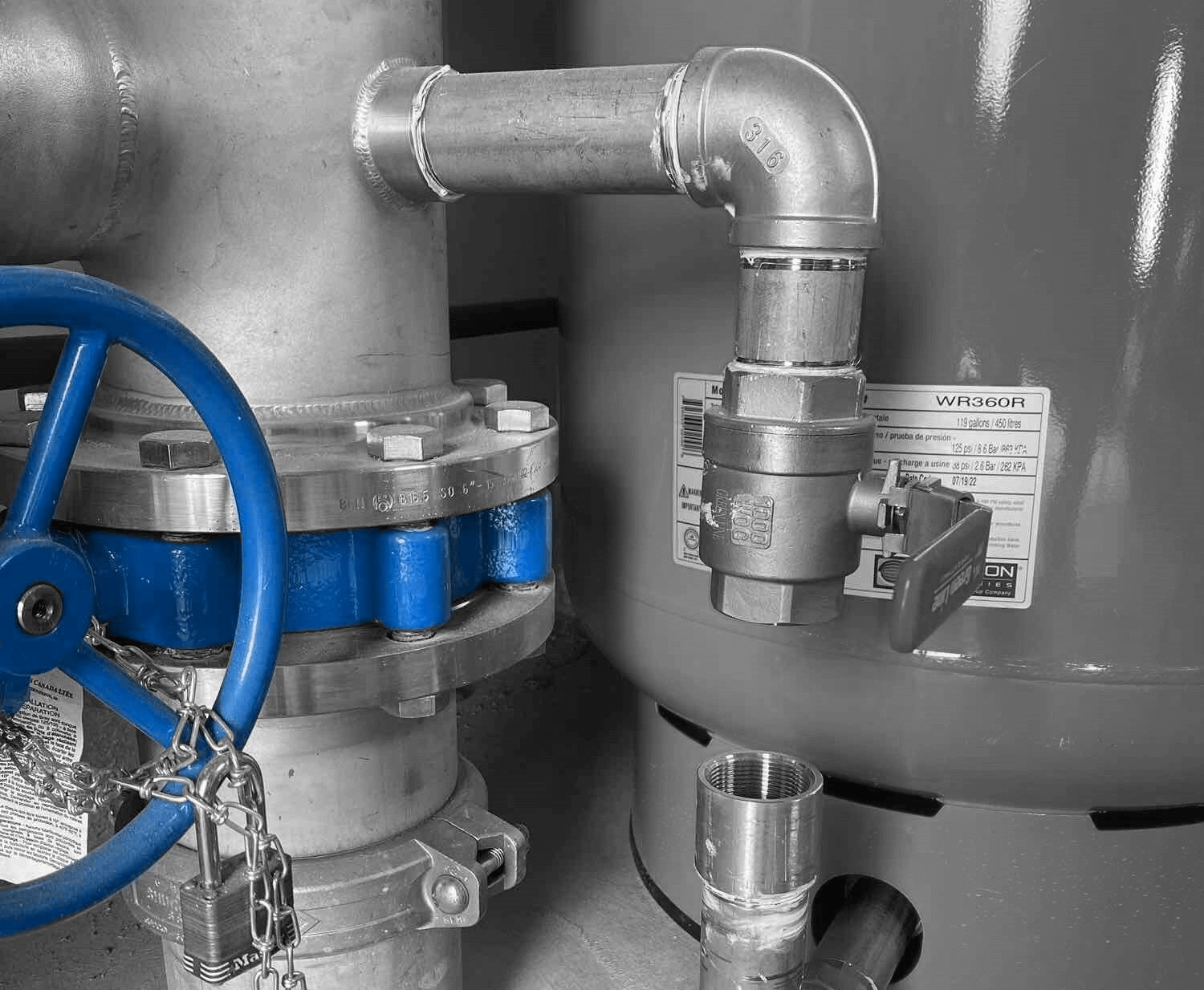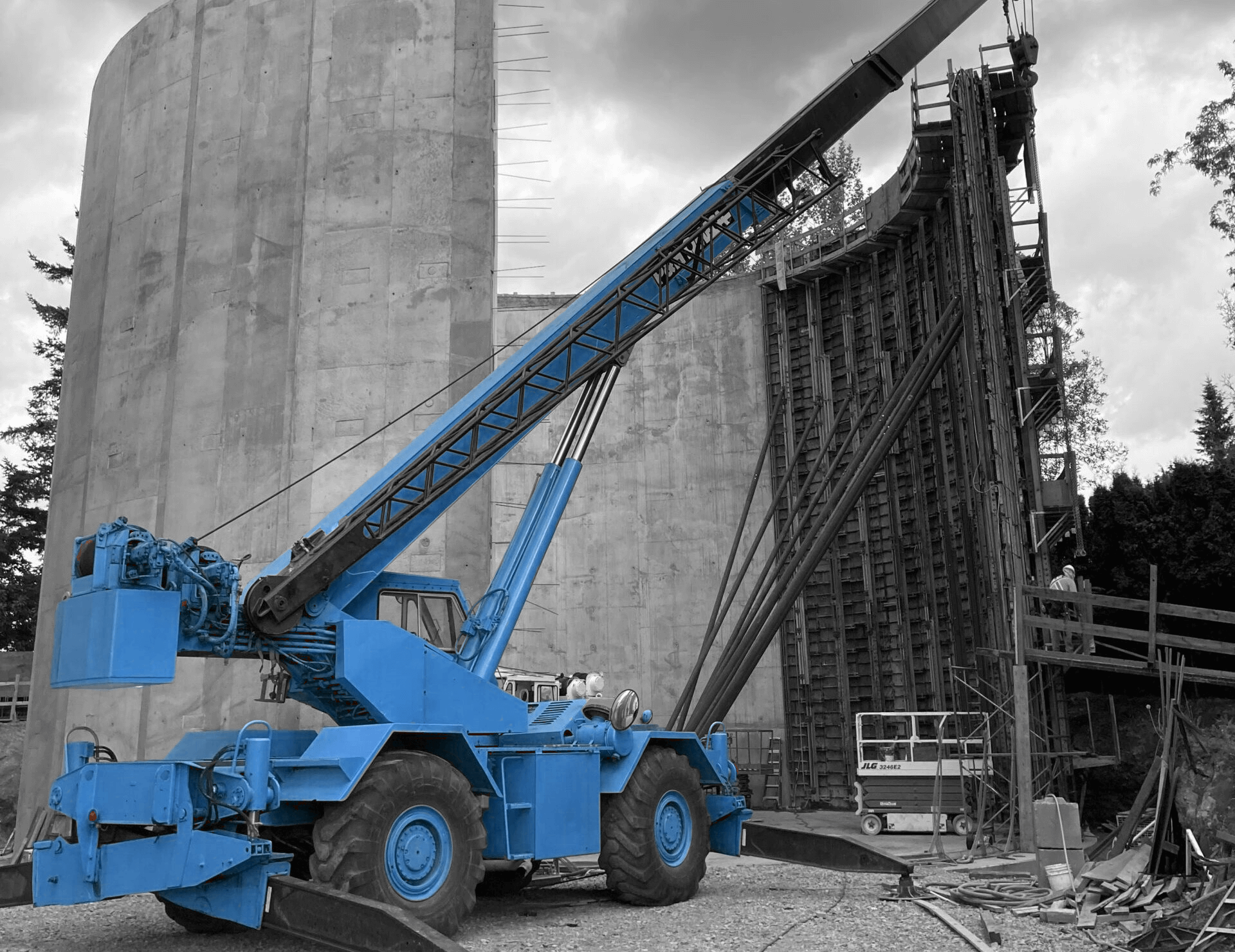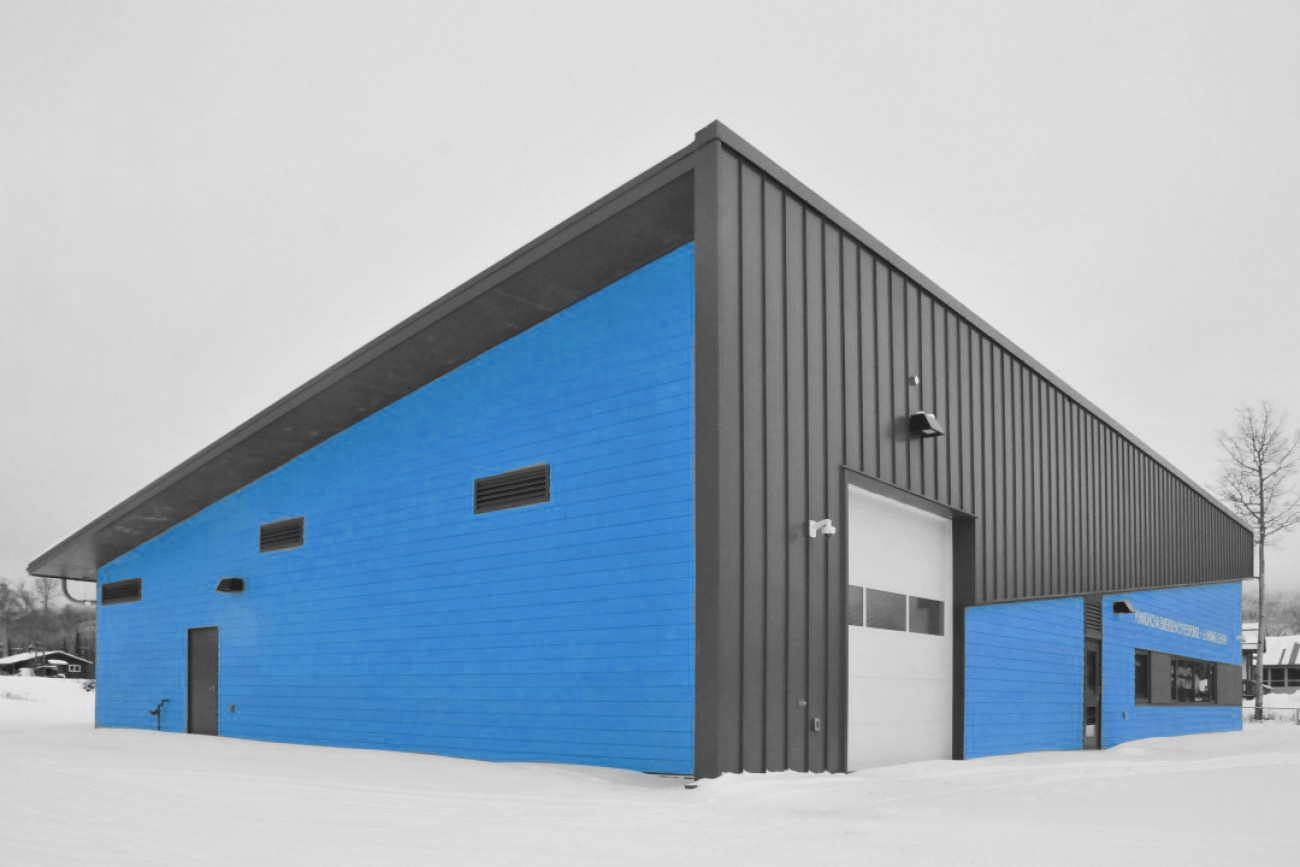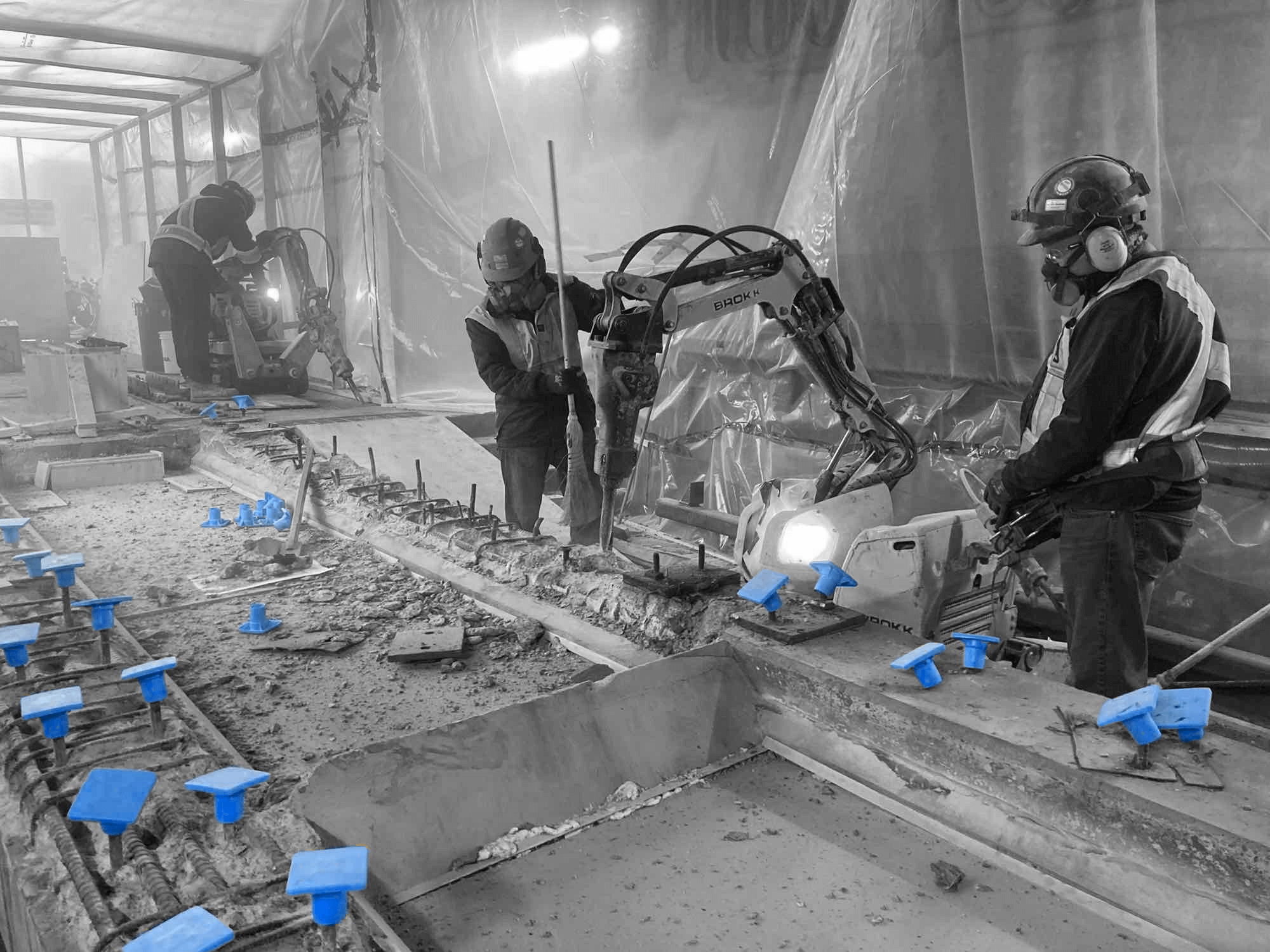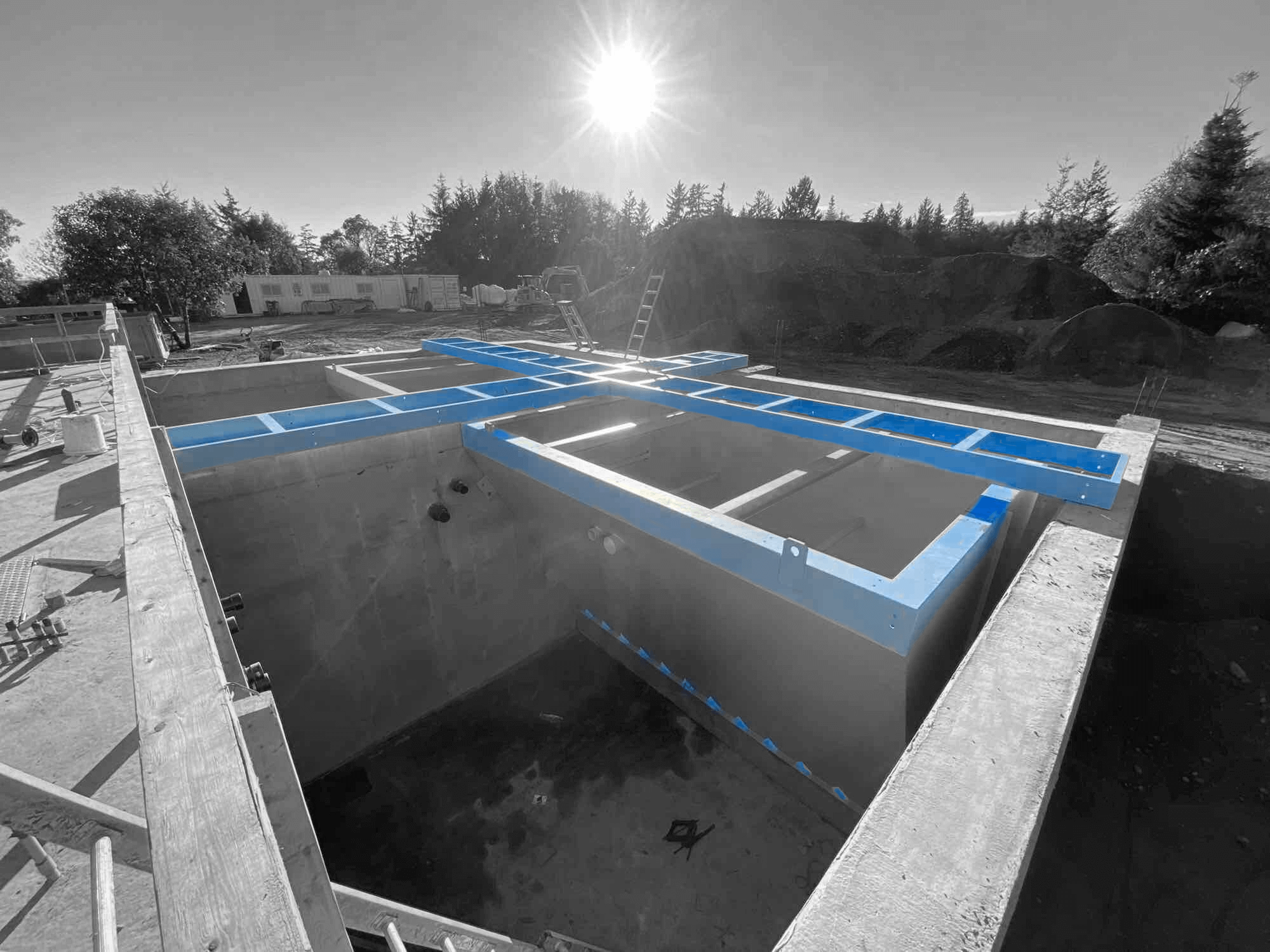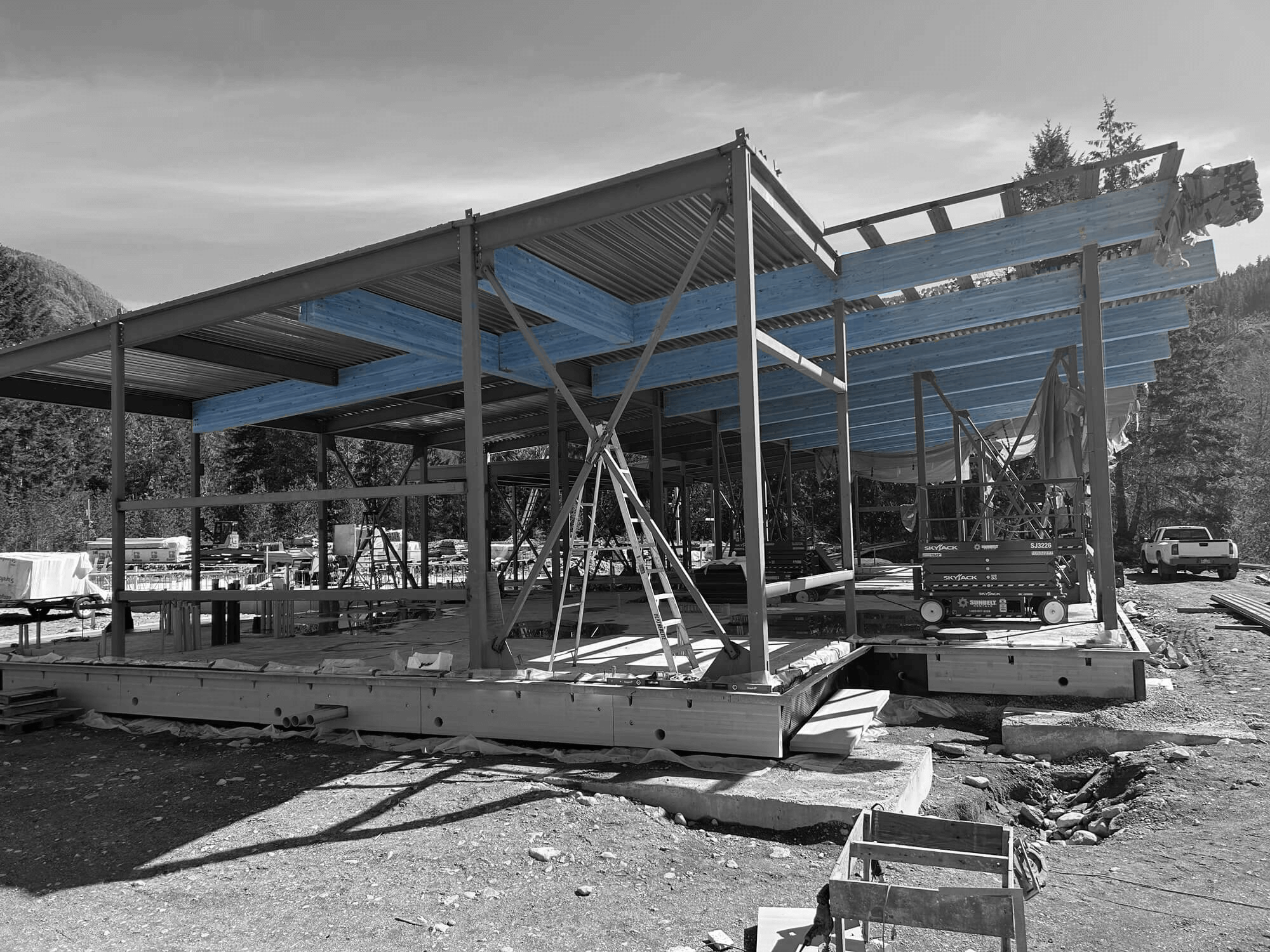Shoreline safety is crucial for protecting coastal communities and ecosystems. As waves and tides continuously shape the land, erosion can become a significant threat to both natural habitats and human structures. Understanding how to safeguard these areas through marine construction is key to preserving the coastline’s integrity.
Marine construction involves a range of techniques designed to counteract erosion and enhance shoreline stability. Whether building seawalls, groynes, or other structures, these methods help protect the shore from the constant force of water. Using the right construction strategies can prevent property damage, protect wildlife habitats, and ensure safe recreational spaces.
With increased awareness of environmental preservation, adopting sustainable marine construction practices is more important than ever. By using innovative materials and environmentally friendly techniques, it’s possible to reduce the impact on coastal areas while effectively managing erosion. These strategies not only secure the land but also contribute to a more balanced ecosystem.
Understanding Shoreline Erosion and Its Impact
Shoreline erosion occurs when water or wind gradually removes land, weakening the coastline. This natural process is a significant concern, especially for communities situated near bodies of water. Erosion can cause property damage, loss of land, and degradation of local ecosystems. Understanding its causes and effects is vital for developing effective construction strategies.
Several factors contribute to shoreline erosion, including:
– Wave Action: Waves constantly batter the shore, loosening and carrying away sediment.
– Tidal Changes: The rise and fall of tides shift sand and soil, speeding up erosion.
– Human Activities: Building structures too close to the shore, removing vegetation, and other activities can intensify erosion.
The impact of erosion extends beyond just physical loss. It can harm local vegetation, destroy animal habitats, and increase the risk of flooding. Buildings and infrastructure close to the shore are vulnerable, often requiring costly repairs or relocations. Managing erosion is crucial not only to preserve the natural landscape but also to protect investments in coastal areas.
Recognizing these threats helps in planning and implementing effective marine construction solutions. By addressing erosion proactively, communities can maintain stable shorelines and a healthy environment.
Essential Marine Construction Techniques for Safety
Several marine construction techniques help protect shorelines from erosion and enhance safety. These methods are designed to manage the forces of nature while keeping the coastline intact. Knowing the right techniques and applying them thoughtfully is key to successful shoreline protection.
1. Seawalls: Structures built parallel to the coast act as barriers against waves. They absorb and reflect the energy, reducing its impact on the shore.
2. Riprap: Large rocks placed along the shoreline provide natural-looking erosion control. They slow down water flow and protect the land from erosion.
3. Groynes: Built perpendicular to the shore, these barriers trap sand moving along the coast, helping to build up the beach and reduce erosion.
4. Breakwaters: Offshore barriers break the force of incoming waves before they reach land, offering shoreline protection without spoiling the view.
5. Beach Nourishment: Adding sand to eroded beaches helps rebuild them, providing a buffer against waves and storms.
These methods work effectively together when incorporated into a comprehensive shoreline management plan. The choice of technique depends on the specific conditions and needs of the area. Understanding and using these marine construction practices will ensure safer, more resilient shorelines that stand up to environmental challenges.
Innovative Materials and Technologies in Marine Construction
Marine construction is advancing through the use of innovative materials and technologies that enhance durability and functionality. These advancements help create structures that withstand harsh marine environments while reducing maintenance needs. Here are some of the pioneering materials and technologies making waves in the industry:
– Fibre-Reinforced Polymer (FRP): FRP is strong, lightweight, and resistant to corrosion, making it ideal for marine settings. It extends the lifespan of structures like docks and piers.
– Geotextiles: These permeable fabrics improve soil strength and drainage while preventing erosion. Used in foundation and shoreline stabilization, they are crucial for durability.
– Smart Sensors: Placed in structures, these sensors monitor stress levels and environmental conditions in real-time. They help predict maintenance needs, ensuring timely repairs and safety.
– Eco-Friendly Concrete: Reduced carbon footprint concrete is designed for marine use, offering the same strength and durability as traditional concrete while being environmentally conscious.
Using these materials and technologies allows for smarter designs that efficiently tackle the challenges presented by marine environments. Integrating these innovations leads to safer, more sustainable, and longer-lasting marine structures that protect shorelines against erosion and other threats.
Environmental Considerations for Sustainable Shoreline Projects
Environmental sustainability is vital in marine construction, balancing protection with ecological preservation. Thoughtful consideration of the natural habitat prevents harmful impacts on local flora and fauna while achieving construction goals.
Key environmental practices include:
– Habitat Restoration: Restoring native plants and habitats improves coastal resilience and supports wildlife. Planting seagrasses and mangroves can stabilize shorelines naturally.
– Controlled Construction: Planning construction activities to avoid sensitive periods like breeding seasons minimizes disruption to wildlife.
– Minimizing Pollution: Using low-impact equipment and methods, such as silt curtains to contain sediment, reduces pollution during construction.
– Erosion Control with Natural Materials: Using natural materials like logs or natural fibre mats for erosion control keeps the project’s footprint low, blending construction with environmental harmony.
These sustainable practices ensure that marine construction positively contributes to shoreline safety without compromising ecological health. Focusing on environmentally friendly techniques demonstrates a commitment to preserving nature while safeguarding our coasts.
Conclusion
Marine construction plays a pivotal role in protecting and maintaining our coastlines. By understanding shoreline erosion and its impact, communities can develop strategies that safeguard their shores effectively. Employing essential techniques like seawalls, ripraps, and breakwaters ensures stability and safety. The integration of innovative materials and smart technologies enhances the durability and functionality of marine structures. Moreover, prioritizing sustainability minimizes the environmental impact of construction projects, ensuring these efforts contribute to ecological balance.
As the need for resilient shorelines grows, so does the importance of informed construction choices. By adopting advanced methods and sustainable practices, we can build infrastructure that serves both human and environmental needs. This approach not only secures our communities but also preserves natural habitats for future generations.
For comprehensive marine construction solutions tailored to your specific needs, contact us at Industra Construction Corp. today. Our expertise in innovative, sustainable design and construction practices ensures your project not only meets safety standards but also respects and enhances the natural environment. Let us help you protect and sustain your shoreline with our cutting-edge approach.


